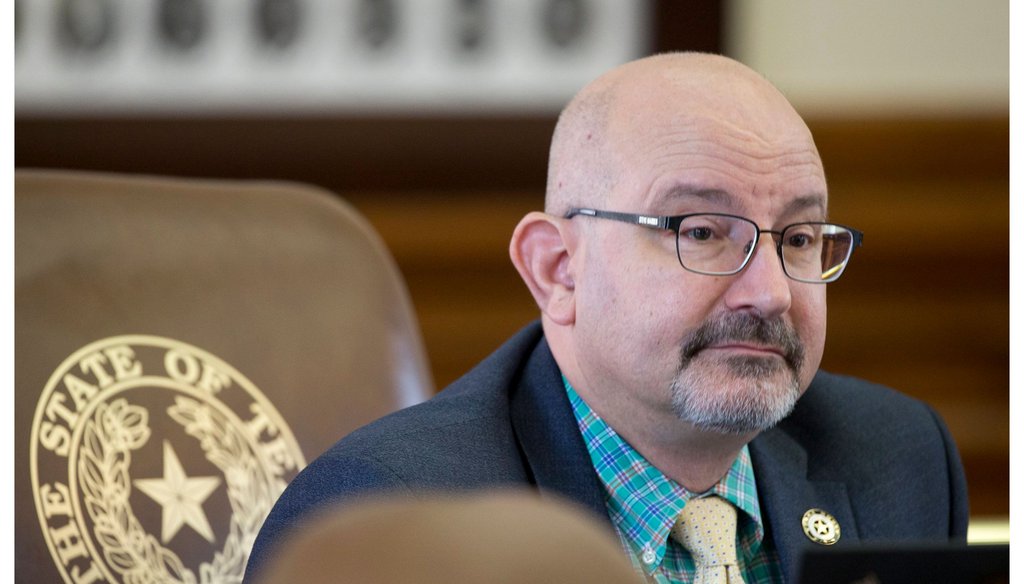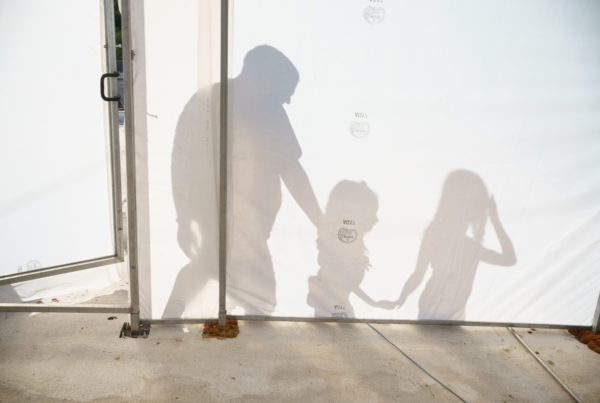Examining How Science Determines COVID-19’s ‘Herd Immunity Threshold’
The strategy to achieve herd immunity within a population to reverse the spread of COVID-19 has been a matter of intense debate over the course of the pandemic.
One component of this debate involves the herd immunity threshold, or the percentage of a population that must be immunized from a disease, be it through infections or vaccinations, for the spread to abate. The more infectious a contagion, the higher its threshold.
For instance, measles, a highly infectious disease that is at least three times as contagious as COVID-19, requires a herd immunity threshold level of around 94%, meaning that 94% of a population will need to be immune to measles before its transmission rate declines.
But pinning down a concrete herd immunity threshold level for COVID-19 has so far been theoretical guesswork. Researchers at Johns Hopkins University say that the herd immunity threshold for any virus lies between 50% and 90%. Researchers in the United Kingdom and Brazil hypothesized during the early part of the pandemic that threshold could be as low as 6% to 21%, although their study has since been found to have critical errors.
Earlier this month, state Rep. Jon Rosenthal, D-Cypress, who has lost a family member and friend to COVID-19, took to Twitter to dispel common myths and “rampant misinformation” about the virus and its vaccines, which are now slowly being distributed throughout Texas. In his tweet thread, Rosenthal echoed a number that has commonly been repeated as COVID-19’s herd immunity threshold.
“To defeat this pandemic AND recover our economy, the safest and most effective way is for the population to be immunized,” he tweeted Tuesday. “The way to reach ‘herd immunity’ is for >70% of the population to get vaccinated.”
Immunity can be reached one of two ways: through natural infections, which create antibodies in people who have recovered from a disease that can potentially ward off future infection (an estimated 20% of the global population has been infected naturally); or through vaccination, a safer way to immunity because it does not cause illness.
The herd immunity threshold for COVID-19 has been somewhat of a moving target throughout the pandemic as researchers grapple with understanding the virus. Let’s review what current thinking is on the virus’ threshold …
Read the full story and see how Rosenthal’s claim rated at PolitiFact. Listen to an interview with PolitiFact’s Brandon Mulder in the audio player above.














